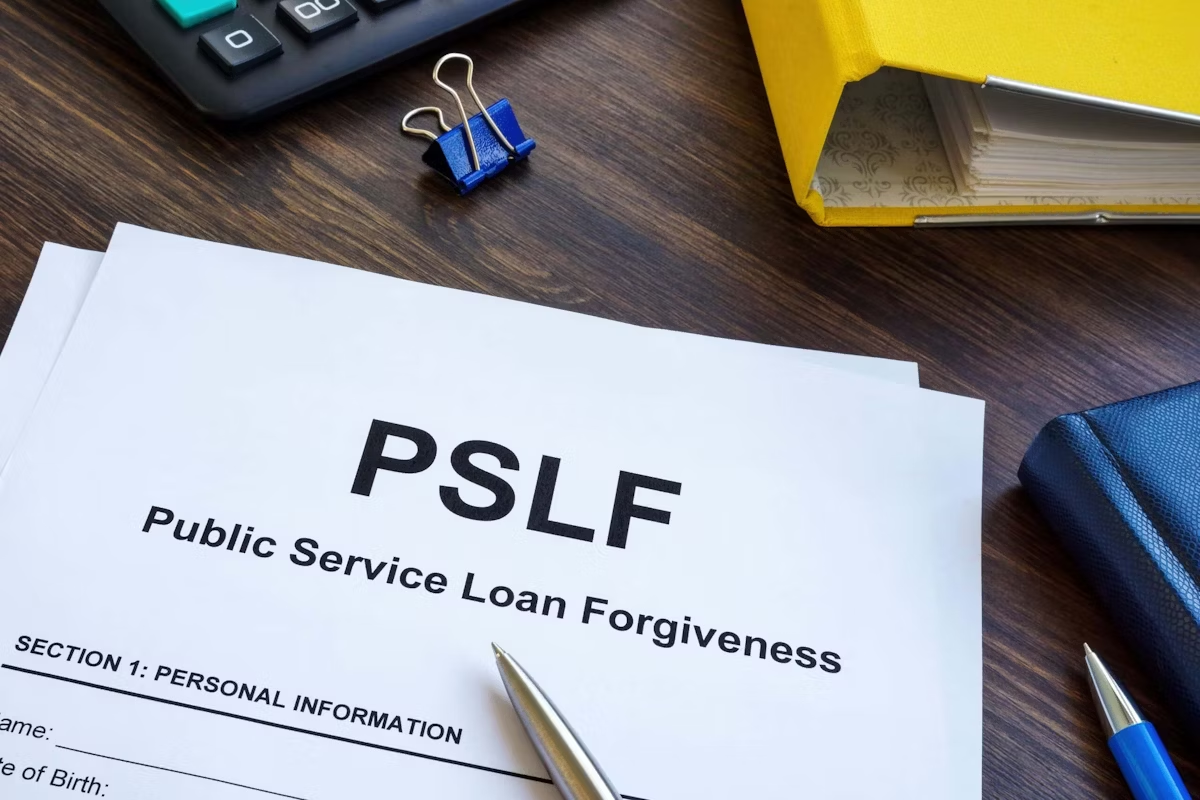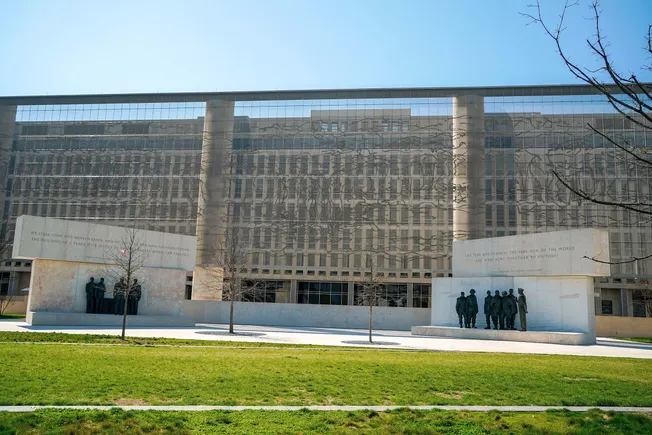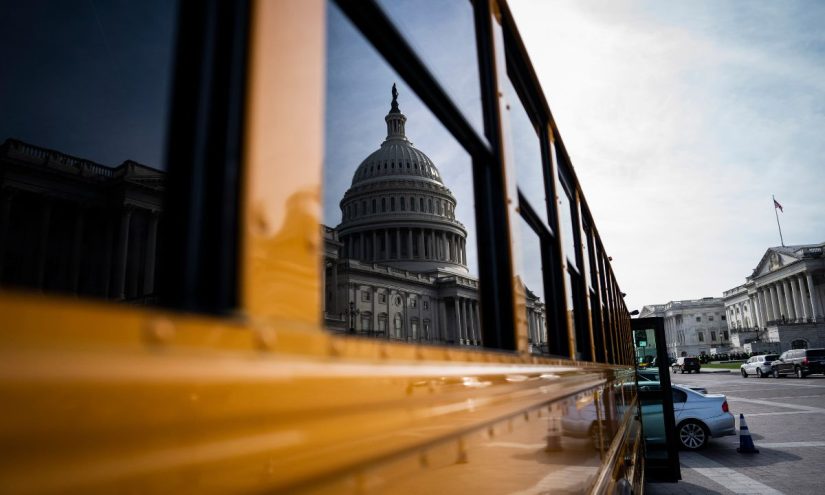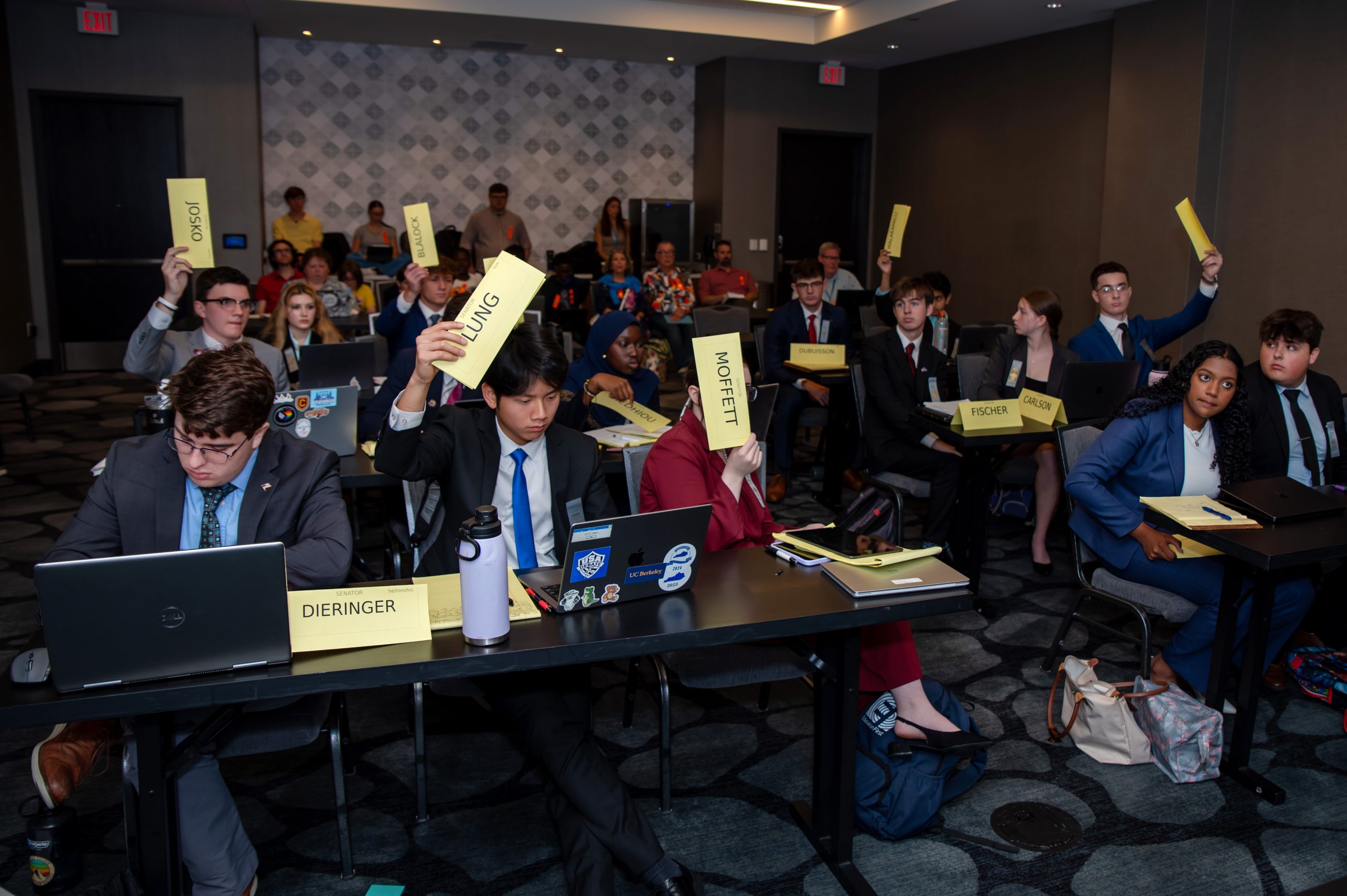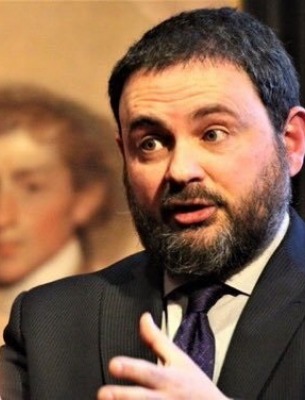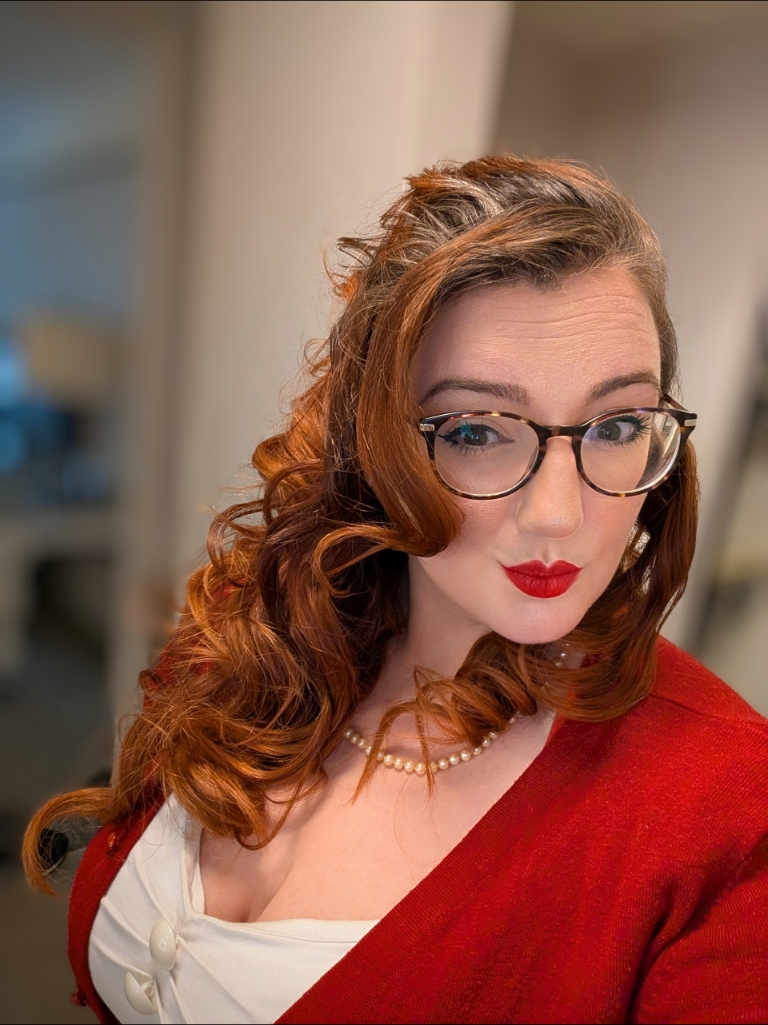This blog outlines a speech given by Professor Sasha Roseneil, Vice-Chancellor and President of the University of Sussex at a HEPI panel at the Labour Party Conference on the 29 September 2025
‘How can universities win back public support?’ was the question set for a panel discussion of Vice-Chancellors at the 2025 Labour Party Conference yesterday. But, with all due respect to HEPI’s Director, Nick Hillman, who posed this question, I do not accept its premise.
There is compelling evidence from multiple sources to suggest that key stakeholders – students, prospective students, parents, and grandparents – are strongly supportive of higher education.
First and foremost, students are very positive about their experience at university. The overall positivity score in the 2025 National Student Survey, which gathers the opinions of all final year students, was 86%, with 87% of students positive about teaching on their course, and 88% reporting that they felt able to express their ideas, beliefs and opinions at university. All over 85%. And HEPI and Advance HE’s 2025 Student Academic Experience Survey found that, whilst tuition fees are clearly not popular, more students consider that they receive good value for their fees than not – 37% versus 29% feeling that they receive poor value for money.
Second, young people continue to want to go to university: the number of people applying to university was 1.3% higher for 2025 entry than the year before, with a record number of 18-year-old applicants, and 2% increase on 2024, and a 4.7% increase in the number of 19-year-olds (and only mature student applicants declining).
And, according to a recent YouGov survey sponsored by University Alliance, members of the public across the political spectrum overwhelmingly want university for their loved ones: 84% of parents and grandparents want their children to go to university, and only 8% are against. Amongst Conservative voters, 90% want their children or grandchildren to go to university, the same as Green voters, slightly higher than the 89% of Labour voters, and slightly lower than the 93% of Liberal Democrat voters, with 72% of Reform voters also wanting their young family members to go to university.
The YouGov survey didn’t ask why – but I would suggest that it is implicitly understood by members of the public that higher education opens up worlds and improves lives for individuals, and that graduates are generally wealthier over their lifetimes, healthier, and happier than non-graduates. People might not have read David Willetts’ report for the Resolution Foundation but they seem to have tacit knowledge of its findings.
So where does the idea that universities have lost public support come from?
Above all, it comes from the media – from a cacophony of newspapers that feed a daily diet of anti-university stories, circulating and recirculating the same ideas. It is my contention that these stories are grounded in one key thing – a more or less explicit rejection of the democratisation and expansion of access to higher education that has taken place over the past twenty years, and that has been part of the wider processes of cultural and social liberalisation and equalisation that have been in train since the late 1960s.
Steeped in nostalgia for the days when higher education was the preserve of a privately and grammar school educated elite, some newspapers hark back to a time when university guaranteed access to the upper echelons of society. Their view is often based on an implicit understanding of university education as being about the reproduction and transmission of established bodies of knowledge, and thus the wider status quo. From this standpoint, they have waged a long and relentless campaign against universities. Universities are presented as one of the biggest social problems of our time, as the propagators of ‘woke ideologies’, as the source of blame for the reduction in the graduate premium, and for the failure of some graduates to rapidly realise their career or income aspirations.
Such stories are written by journalists who almost all went to university themselves (although to a limited range of universities) and have children whom they expect to go to a similarly limited range of universities. It is other people’s children going to university that is the problem, taking places away from those who should naturally enter their preferred universities. And it’s the ideas and identities that those young people might encounter, and that they might develop for themselves, at university that concerns them.
There were, of course, similar concerns several decades ago about what went on in the new universities that were established in the 1960s – but far fewer young people were exposed to the university experience in those days and it cost the public purse much less to educate them. But perhaps most importantly, the middle class was rapidly expanding and the middle class parents’ ‘fear of falling’ – that their children will not achieve the social and economic status that they have been born into – was not at all prevalent in the way that it is today.[1]
Those earlier generations of students were, of course, also much more generously supported in their studies, and therefore much more able to take full advantage of all that higher education had to offer, and much less likely to have to undertake the very significant amount of paid work that today’s students are doing – at very real cost to the time they have for independent study. And they didn’t have to pay the fees that lead to questions about student attitudes to value for money.
And so there is now a discourse that suffuses public culture that going to university is a waste of time and money, that only some universities are worth going to, and only some courses are worth studying. And, by implication, only some students are worth educating to a higher level. The more young people go to university and the more widespread across society the expectation and desire to go to university, the louder and more vociferous the attacks on higher education.
The idea that universities lack public support also provides ‘look over here’ distraction from the real problem that faces higher education – an unprecedented funding crisis. Across the country, universities are engaging in repeated rounds of ever deeper cuts, losing thousands – tens of thousands – of highly skilled jobs, and closing courses and departments. There is no national oversight of the impact of this on subject provision across the country, on students’ ability to access higher education in the full range of subjects locally (which impacts disproportionately on students from lower socio-economic backgrounds and from marginalised groups, who are much more likely to study close to home), on regional economies, and on our sovereign capability in critical industries and priority growth areas.
Last week’s report from the Institute of Physics sounded the alarm bell in relation to the health of this vital, foundational STEM discipline, and the British Academy has done the same for the humanities and the social sciences – particularly modern foreign languages, linguistics, anthropology and classics, with English, history and drama likely to follow soon.
If this were any other sector in which the UK was an undisputed world leader, and the rapid helter-skelter unplanned contraction which will cause enormous harm to the economies and civic life of cities and regions around the country, there would be stories in the news every day about the crisis. And there would be urgent government action to intervene.
Instead, universities are lambasted every day in the press and then told by government that we are independent autonomous bodies that need to solve our financial problems ourselves. This is despite the fact that universities are increasingly heavily regulated, and despite our main sources of income being home student fees, which are determined by government, and international student fees, the source of which has been under attack because international students are an easy target in the context of commitments to reduce net migration, and which is further threatened by the imposition of an international student levy.
The reality is that universities cannot solve our problems ourselves, either individually or collectively. We are all seeking greater efficiencies. We are all looking at how we can cut back on everything that is not absolutely essential to the student experience in the here and now.We are all considering carefully how we might collaborate with others to do more with less. Research is being radically squeezed, and labs and equipment are not being repaired and renewed, in order to try to ensure our financial survival.
But what now really must be called out is the failure of the competitive quasi-market model under which higher education operates. It is this that is source of our problems, and we need government to act.
The question then really should be: how can universities win government support to enable us to fulfil our primary purpose of education and research for the common good?
And the answer to that has to be by means of careful, rational, evidenced argument – with a flourish of rhetoric – of the sort that universities were established to propagate and which is so vital to the future of liberal democracy. We need to articulate and demonstrate our value, our vital importance, and our need for calm, considered and creative policy attention.
The global excellence of UK universities rests on decades, and in some cases, several centuries, of public investment in knowledge creation and learning for the public good. But that quality is in imminent danger. We urgently need government action to support our universities to continue conducting the world-leading research, catalysing the growth-producing innovation, and providing the transformative education and advanced skills that we are capable of doing – before it is too late.
There is active, deliberate government-led destruction of higher education and research taking place elsewhere. Don’t let’s do that here too by falling for the idea that the public doesn’t care about universities, and by failing to act in time.
[1] Ehrenreich, Barbara. Fear of falling: The inner life of the middle class. Twelve, 2020

